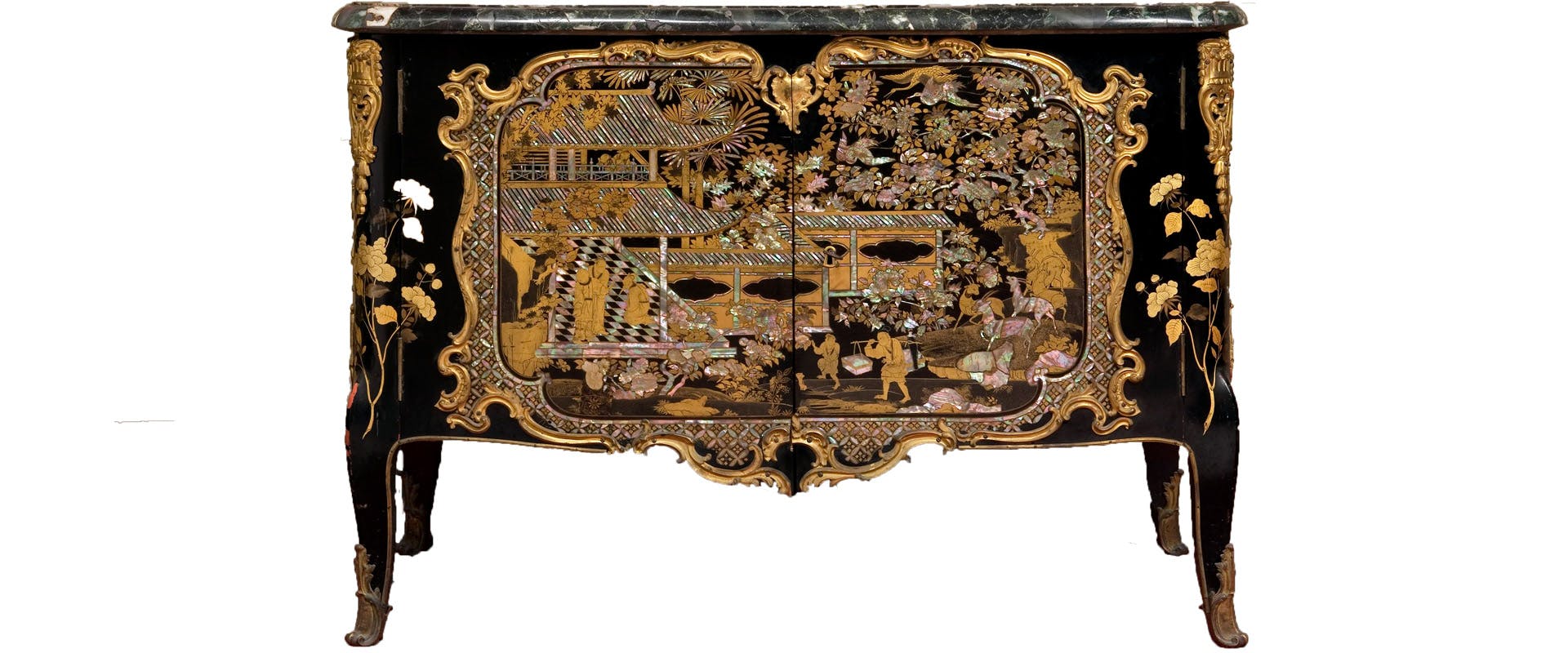Japan. Land of enchantments - Line and Colour
Tracing three hundred years of Japanese art through works of outstanding quality
This year Florence celebrates Japanese art and culture in the Pitti Palace, which in 1585 welcomed the first Japanese ambassadors to reach Italy. The sumptuous rooms and the most prestigious premises of the Palace are involved in this magnificent event entitled “Japan. Land of enchantments” devoted to the arts and culture of the archipelago of the Far East.
The Treasury of the Grand Dukes, formerly known as Silver Museum, hosts the exhibition “Japan. Land of enchantments - Line and Colour”.
The exhibition, devoted to Japanese art from the fourteenth to the nineteenth centuries, brings together an extraordinary number of masterpieces and works of outstanding quality. Japan at that time was the land of the shoguns and the samurai. Their edged weapons were works in which efficacy and beauty merged, as illustrated by the two splendid and precious “National Treasures” sent to us from Japan for the exhibition: a sword (katana) and a dagger (tantō).
The Japanese at the time loved to surround themselves with the most elegant works of art. Their homes and the Buddhist and Shinto temples were adorned with paintings by artists of exceptional talent, executed on gilded screens or on scrolls, the horizontal ones designed to be hung on the walls, and the vertical to be admired, bit by bit, laid out upon a table, almost like a comic. This pictorial art was promoted by the shoguns.
During the peaceful Edo period (1615-1868) in the biggest cities of Japan (Tokyo, Osaka and Kyoto) another culture developed simultaneously; the Ukiyo (“Floating World”), and it was connected with the mercantile classes. There is a section of the exhibition devoted to the artistic forms favoured by this category of citizens. Assiduous habitués of the Pleasure Districts, they too loved beauty and elegance above all else; this was the ambience in which artists such as the great Hokusai rose to popularity. He is represented in the exhibition by an extraordinary masterpiece, a vertical scroll portraying five ladies conserved in the Hosomi Museum of Kyoto.
The last section of the exhibition addresses the encounter between Japanese and European culture. The display of Japanese artefacts of the Nanban type (literally ‘southern barbarians’, which was how the Japanese defined the Europeans between the sixteenth and the seventeenth centuries) brings back to life a period of fertile relations between the Japanese archipelago and Europe.

